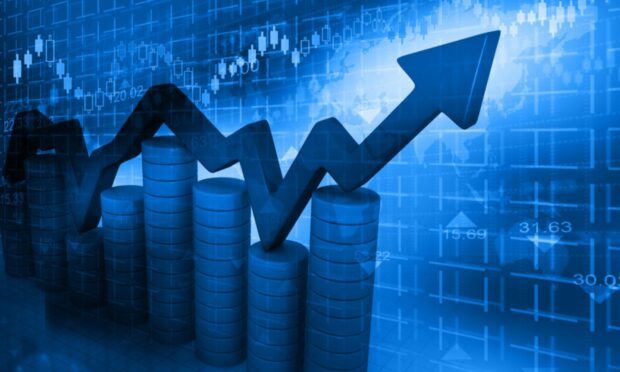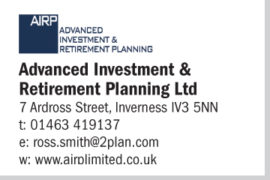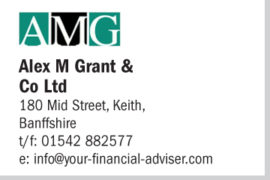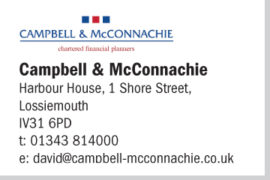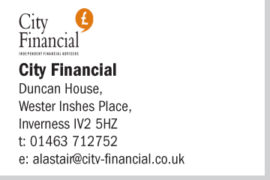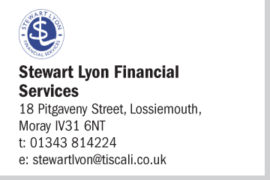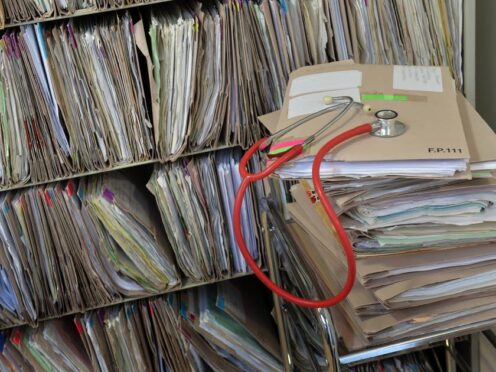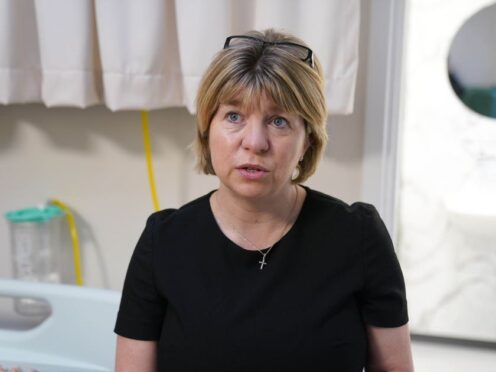INDEPENDENT FINANCIAL ADVICE ON MONEY MATTERS AROUND THE HIGHLANDS, ISLANDS & MORAY
-
Some Press and Journal online content is funded by outside parties. The revenue from this helps to sustain our independent news gathering. You will always know if you are reading paid-for material as it will be clearly labelled as “Partnership” on the site and on social media channels.
This can take two different forms.
“Presented by”
This means the content has been paid for and produced by the named advertiser.
“In partnership with”
This means the content has been paid for and approved by the named advertiser but written and edited by our own commercial content team.
2022 has started with a period of sustained volatility and downward pressure on both stock and bond markets. Some of the exuberance that we experienced in certain parts of the market in late 2020 and 2021 is now beginning to unwind slightly.
I have already been fielding calls from clients concerned about their investment and pension portfolios and asking: why this is happening now?
What is the context of these moves?
Back in September 2021 I wrote an article in this forum about Inflation and why we needed to be aware of the impact of higher prices for goods.
As I write this article today, we are now seeing this playing out and at much higher levels than previously anticipated.
As a reminder: “The economic meaning of inflation is a general increase in the prices of goods and services resulting in a reduction in the purchasing value of money.”
Inflation is rampant in the US, sitting at 7.5% based on the data released last week. In the UK it is 5.4% which is substantially elevated above the 2% long term Bank of England target. Inflation is the number one concern for Asset Managers and Central Banks future forecasts.
Unless this is controlled, inflation can cause significant damage to investment returns and economic growth/recovery, and we are seeing the response to this over the last month or two. Normally the best way to counter inflation is to increase interest rates which increases borrowing costs and incentivises savings over debt.
This is now being discussed and implemented across different economies and the knock-on effect to assets– share prices, bond values etc. can be seen in your pension and investment portfolios.
In addition to the inflation issue we have a lot of concern about the ongoing fallout from Omicron plus the Russia/ Ukraine tension also throws an extra dose of uncertainty into market conditions. It is maybe not that surprising that global markets have been taking a breather in the early part of 2022.
What should investors do now?
As always, don’t panic. Think about your timescales and objectives. If you have been a medium or long-term investor and have seen these periods of volatility you will know that eventually it will pass, and the next cycle will begin.
Predicting when that will be is virtually impossible, but calmer and smoother trading conditions will return, and we need to continue to be positioned for that.
If you are an inexperienced investor or have made investments recently, these moves can be unsettling and make you question your decisions and if investing is right for you.
Making sure you are not overcommitted or have invested in assets that do not match your risk profile is critical. A good financial adviser will help you understand risk and return and your capacity for loss.
So, what happens next?
“Never make forecasts, especially about the future” – Samuel Goldwyn.
Wise words, but here are some observations. Short term, there are some significant downward pressures continuing to build which may continue to impact on your investments and pensions.
The loose monetary conditions we have enjoyed for the last decade or so may be tightening and returns suppressed. Medium to long term I am still bullish on the outlook for good quality investment funds, and these should provide greater potential than just leaving funds on deposit.
Understanding what investments you hold and your timescales and risk parameters continue to be key in these volatile markets.
Contact your local Independent Financial Advisers for a no obligation initial discussion – Click to visit their website:
